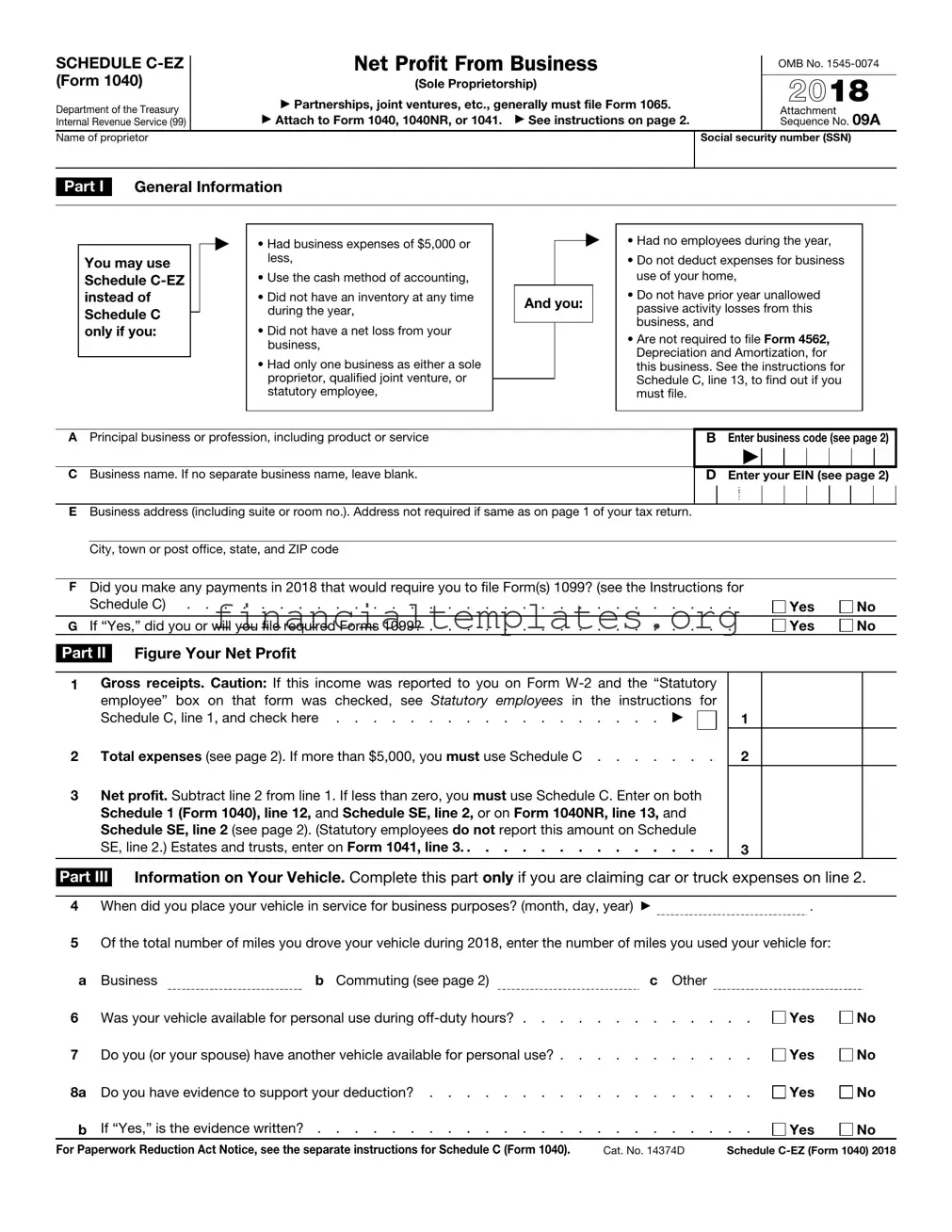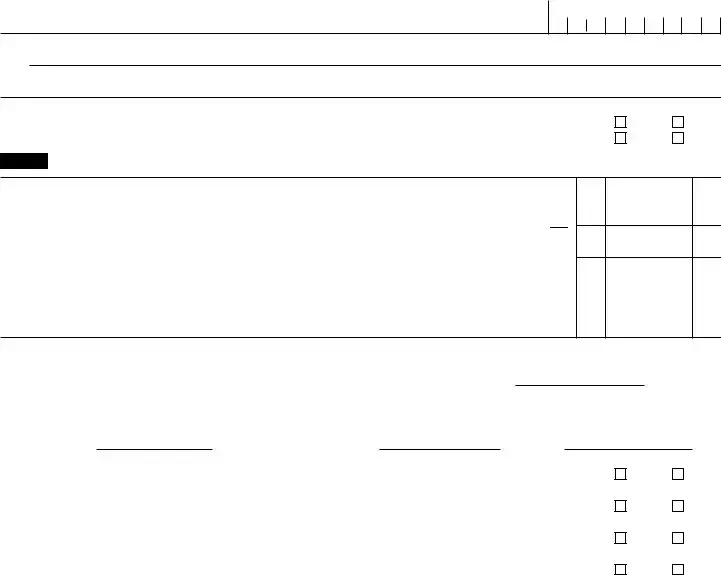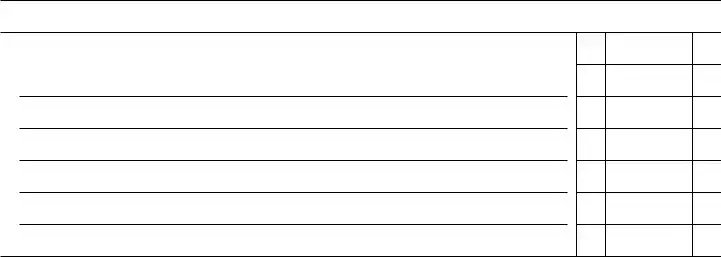The IRS Form 1040 Schedule 1 is quite similar to Schedule C-EZ in that both are integral parts of the individual tax return process. Schedule 1, specifically, is used for reporting additional income or adjustments to income that cannot be entered directly on Form 1040. While Schedule 1 covers a broader scope, Schedule C-EZ focuses specifically on reporting the net profit from a sole proprietorship. Both forms allow taxpayers to report diverse types of income or adjustments, contributing to the calculation of the adjusted gross income on the main Form 1040.
Form 1065, U.S. Return of Partnership Income, shares a connection with Schedule C-EZ through its focus on reporting business income, yet from a partnership perspective. While Schedule C-EZ is designed for sole proprietors to report their business profit or loss, Form 1065 is utilized by partnerships to detail the income, gains, losses, deductions, credits, etc., of the business. Both forms require detailed financial reporting and are essential for calculating the tax obligations related to business operations.
Form 4562, Depreciation and Amortization, is used for reporting the depreciation or amortization of property, which can include assets used in a business. This form is relevant to filers of Schedule C-EZ in situations where a business owner purchases equipment or vehicles for business purposes. Although Schedule C-EZ filers are advised not to use this form if they don’t have expenses that exceed a certain threshold or didn't have a net loss from their business, the calculation of depreciation can affect the total business expenses and, consequently, the profit reported on Schedule C-EZ.
Form 1099-MISC, Miscellaneous Income, parallels Schedule C-EZ since it often serves as a documentation source for the gross receipts or income reported by the sole proprietor on Schedule C-EZ. This form is typically used by businesses to report payments made to non-employees, such as independent contractors. For a small business owner or sole proprietor, receiving a Form 1099-MISC means they must report that income on their Schedule C-EZ, making both documents closely related in the context of business income reporting.
Form 1041, U.S. Income Tax Return for Estates and Trusts, like Schedule C-EZ, is used for reporting income, but specifically from estates and trusts. While Schedule C-EZ reports income from a sole proprietorship, Form 1041 reports income that is subject to taxation under an estate or trust. Both forms deal with the nuances of income within their respective realms and both are necessary for accurate tax reporting and compliance within those frameworks.
Form SS-4, Application for Employer Identification Number (EIN), is indirectly related to Schedule C-EZ by virtue of its role in the business setup and tax reporting process. An EIN is required for sole proprietors who have employees or meet other conditions. While Schedule C-EZ itself does not require an EIN for all sole proprietors, those expanding their business or meeting specific criteria mentioned in Schedule C-EZ instructions might need to file Form SS-4. Thus, the business journey might start with acquiring an EIN through Form SS-4 and then proceed to annual income reporting with Schedule C-EZ.
Schedule SE, Self-Employment Tax, complements Schedule C-EZ by calculating the tax due on net earnings from self-employment, which includes earnings reported on Schedule C-EZ. Essentially, Schedule C-EZ calculates the net profit from a business, which is then used as part of the base for computing self-employment tax on Schedule SE. Both forms are essential for sole proprietors to determine their total tax liability related to their business activities.



